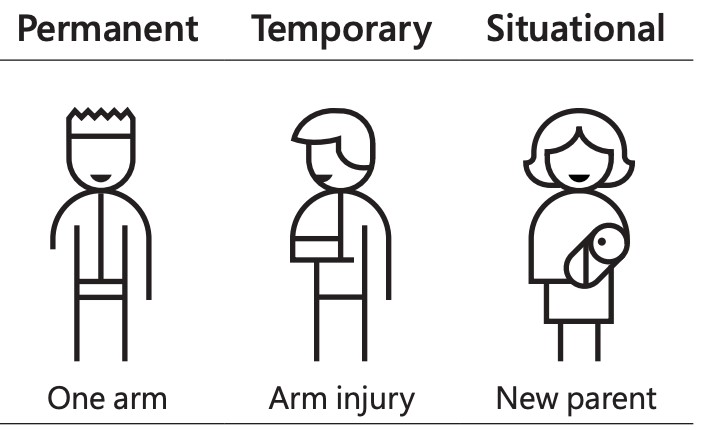Day 3: International Day of Persons with Disabilities
The International Day of Persons with Disabilities (IDPD) is observed annually on 3 December. The theme for this year is "Amplifying the leadership of persons with disabilities for an inclusive and sustainable future." This theme recognises the important role that persons with disabilities play in creating a more inclusive and sustainable world for all. It also emphasises the importance of the participation of persons with disabilities in decision-making processes that affect their lives.
What is a disability?
Approximately 1 in 4 people (24%) in the UK have a disability or long-term impairment. These stats do not include unreported disabilities, neurodiversity (such as Autism or ADHD), temporary impairments (for example, a person with an arm injury) or situational impairments (for example, a new parent holding a baby).

Describing disability
Different models of disability are used by different people. The way people talk about disability depends on their perception of their own experience. This can be deeply personal and may vary, with no universally "right" way to describe or talk about disability.
When talking about disability, the UK public sector uses the social model of disability, which helps us recognise barriers that can make life harder for disabled people. In contrast, the medical model focuses on the disability or impairment itself as the source of the barriers.
The social model of disability
Watch the video from Scope on the social model of disability